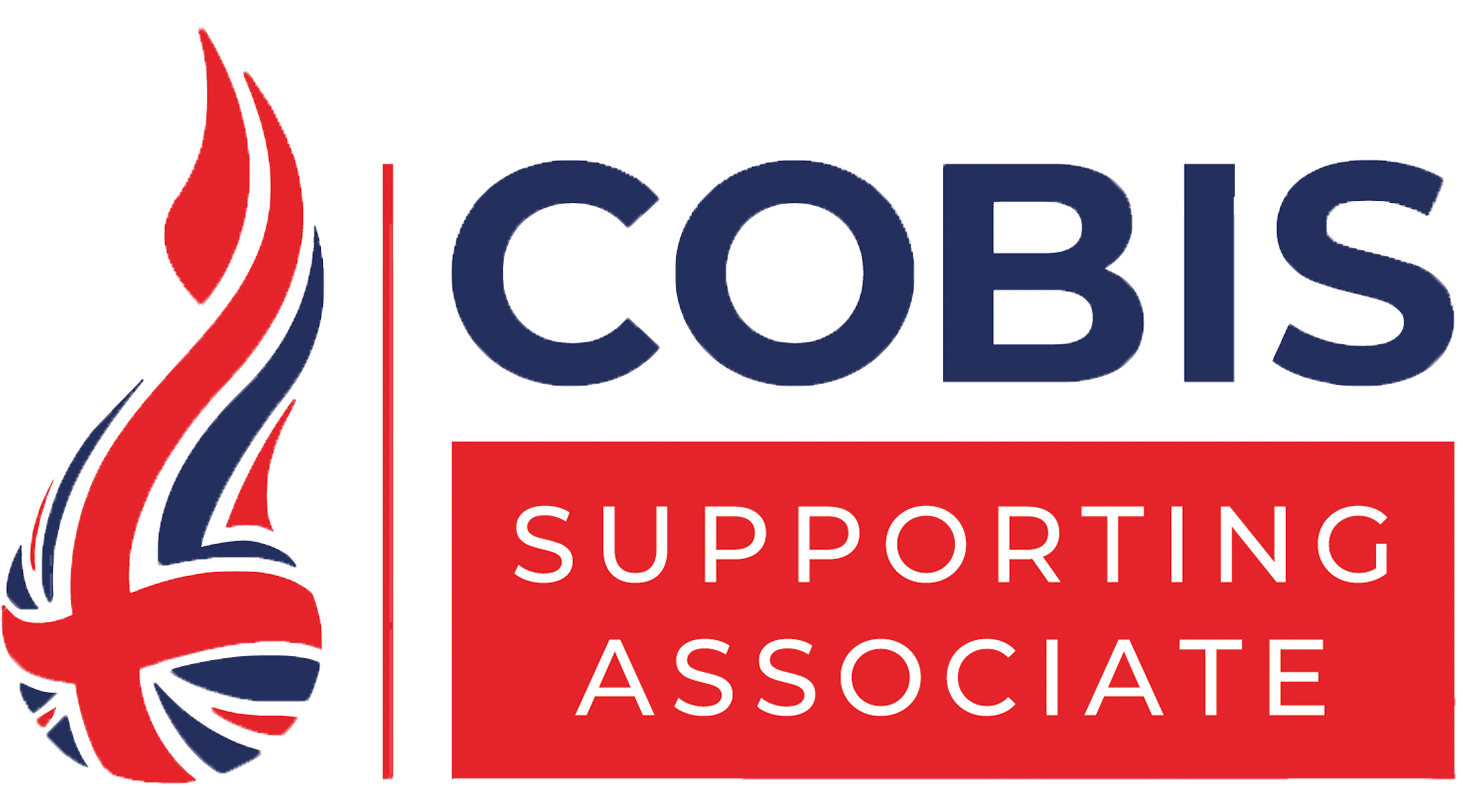In June 2024, Prof Jonathan Sharples (EEF) and I took to the airwaves for an online session to dig into the recently updated version of the EEF’s A School’s Guide to Implementation Guidance Report. Both of us worked together on the original edition of this EEF guidance report, so this conversation was an opportunity to find out what’s new in the world of implementation science. You can watch the recording here.
One of the ‘secret sauces’ of the Great Teaching Toolkit is the EEF’s A School’s Guide to Implementation Guidance Report. Behind the scenes, the GTT is powered by implementation science as a way of reducing workload for leaders and teachers engaging in evidence-informed PD. It’s fair to say that EEF’s work has been hugely influential in our thinking here at EBE!
For any school, trust or group leader who wants their colleagues to experience great professional learning implemented well, the GTT has everything in one place.
Here’s everything you need to know about how the GTT has done some of the heavy-lifting of robust implementation for you.
The evidence-based foundation of the GTT
At the heart of the GTT’s design is a commitment to evidence-based practice (it’s impossible not to with Rob Coe behind the wheel!); to guide what goes in and how it works, the GTT draws from the latest and most robust research and practice. This ensures that every aspect of the Toolkit bridges the ‘knowing-doing’ gap, in ways designed for practical, measurable improvements in teaching and learning—no matter how good a teacher already is. Implementation science is one of the ‘secret sauces’ of the GTT, but what else is in the mix?
- Effective teaching: The GTT is rooted in the best available evidence about what highly effective teachers know, do and believe. From this emerges the Model for Great Teaching—a complete curriculum for PD. When considering what you’re going to implement, knowing that the GTT is the most evidence-informed teacher development platform available gives leaders and teachers confidence that time and money will be well-spent.
- Professional development: The GTT leverages cutting-edge research insights into professional growth, as well as powerful tools and resources that foster meaningful, sustained learning for teachers. A common implementation headache for leaders is having to stitch together different pieces of the teacher development puzzle; the GTT keeps all the courses, resources and feedback tools each teacher needs in one place, accessible 24/7, 365.
- School leadership: Understanding the pivotal role of leadership (and the limited time leaders have available), the GTT provides powerful tools to understand what it’s really like to be a teacher in a school. GTT implementation is more likely to be effective when two conditions are met. First, when your whole school community feels included in decisions that affect their daily lives; and second, when they feel their unique perspectives are recognised and valued. The Toolkit brings these perspectives quickly and clearly into view with a staff survey—in just 20 minutes, you can get a baseline from your colleagues. Simply then follow-up a few months later to monitor as implementation continues. Easy!
- Implementation science: A cornerstone of the GTT is the use of the best available evidence (such as that summarised in the EEF’s A School’s Guide to Implementation Guidance Report); this ensures that the adoption and adaptation of the GTT are as strategic and effective as the content itself. Implementation science is critical in translating research into practice, a principle deeply embedded in the GTT. This focus ensures that the toolkit not only proposes theoretical benefits but also delivers real-world impact through structured, thoughtful implementation processes.
Creating a supportive learning environment
Via the unique GT Teams functionality, teachers and leaders work collaboratively during GTT implementation, sharing their unique expertise, bouncing ideas off each other, and tackling challenges together. The GTT empowers school leaders to create a supportive environment that is motivating for teacher learning; by moving away from a ‘one-size-fits-all’ approach, it tailors professional learning experiences to the unique needs and contexts of each teacher or team. No more heavy-lifting!
Contextualised professional development
Professional development through the GTT is not a static package, but a dynamic process that adapts to local context and the time available. The GTT’s Advisor team plays a crucial role here, working closely with school leaders to ensure that implementation is not only evidence-informed but also context-aware, maximising relevance and efficacy. Every school and group is different, and the GTT adapts to your context, rather than you having to change for it.
Supporting change agents
Implementation of the GTT is actively guided and steered by leaders communicating your direction of travel as a school, explaining the rationale for decisions, motivating staff, marshalling efforts, and preventing ‘mission creep’ or going off track.
Identifying and supporting key individuals within your school(s) who can lead and influence change is yet another aspect where the GTT shines. These people, including GTT Coordinators, Assistant Coordinators and members of Great Teaching Teams, are instrumental in successfully adopting, integrating, and sustaining the GTT.
Guided implementation process
The GTT offers a clear and structured path for implementation. Alongside a dedicated GTT Advisor, leaders explore a range of implementation options. Upon selecting one, they’re supported to prepare for GTT implementation, deliver and monitor it effectively, and sustain its use over months and years. This process is designed to minimise additional workload and stress, ensuring that the integration of the GTT enhances, rather than disrupts, the educational environment.
Conclusion
The Great Teaching Toolkit is more than just a PDF or set of courses and resources; it’s a strategic partner for school improvement. By grounding every aspect of its design in the best available evidence, particularly in implementation science, the GTT sets a new standard for what educational tools can achieve. For school leaders looking to make a significant and sustainable impact, the GTT offers a pathway not just to improvement, but to transformation.





